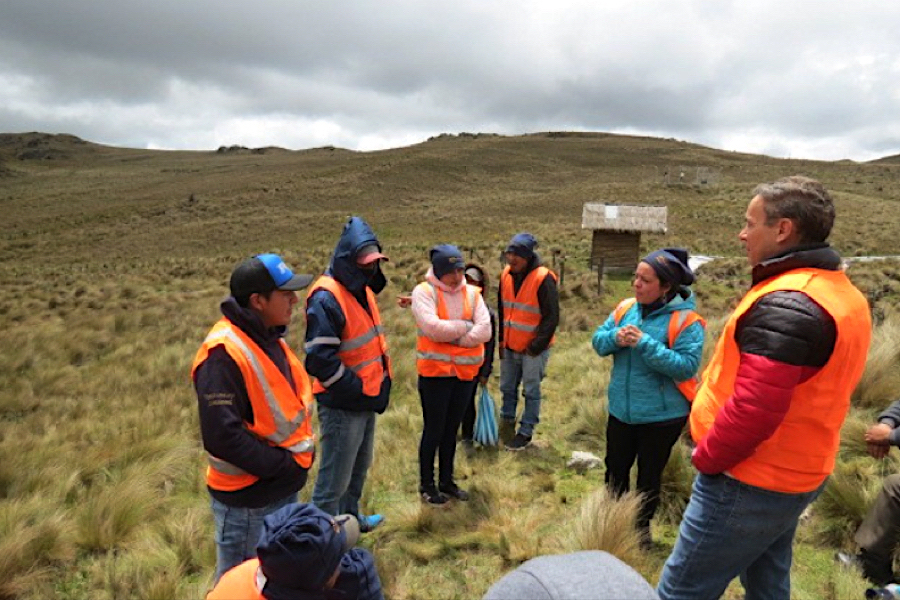AI could add 1 million tonnes to copper demand by 2030, Trafigura chief economist says

Artificial Intelligence has the potential to add one million tonnes per annum of copper demand by 2030, according to Trafigura’s chief economist.
The surge in demand, driven by the AI boom, could exacerbate the copper supply-demand imbalance, leading to higher prices, Saad Rahim said during the Financial Times Commodities Global Summit in Switzerland.
“If you look at the demand that is coming from data centers and related to that from AI, that growth has suddenly exploded,” said Rahim.
The one million tonnes is “on top of what we have as 4-5 million tonne deficit gap by 2030 anyway,” Rahim added. “That’s not something that anyone has actually factored into a lot of these supply and demand balances.”
Rahim did not say what global copper demand would be in 2030.
Key to the green energy transition, copper’s superior conductivity makes it an essential material for maximizing efficiency in electricity transmission and distribution.
Even before AI, data centers relied on copper for various electrical applications, including power cables, busbars, electrical connectors, heat exchangers, cooling sinks and power distribution strips.
It’s estimated that 1MW of datacenter power capacity could necessitate anywhere between 20 to 40 tonnes of copper.
To illustrate the scale of demand, Microsoft’s $500 million data center in Chicago required 2,177 tonnes of copper for its construction.
The North American data center infrastructure market is projected to expand from a $33 billion business in 2020 to $70 billion in 2030 and a substantial $185 billion in 2040.
Estimates suggest that copper consumption for data centers will rise from 197,000 tonnes in 2020 to 238,000 tonnes in 2030 and further to 293,000 tonnes in 2040.
{{ commodity.name }}
{{ post.title }}
{{ post.date }}

Comments